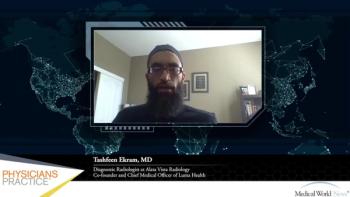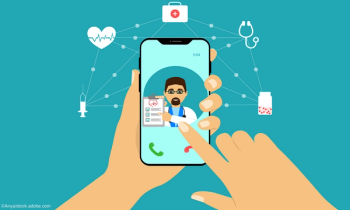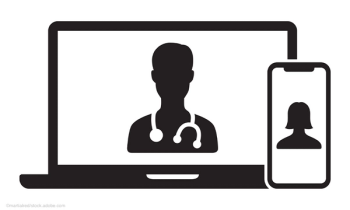
We can close the elective surgery backlog, but it will require the healthcare industry to embrace new technologies and innovation.

We can close the elective surgery backlog, but it will require the healthcare industry to embrace new technologies and innovation.

Consumer demand, the shift to value-based care, and the regulatory push for transparency are fueling the need for seamless integration and data sharing only achieved with cloud-based interoperability.

An entirely remote patient-provider experience can deliver on improving outcomes.

80% of older adults have at least one chronic disease, 77% have at least two, supporting the urgent need to increase telemedicine and digital monitoring adoption.

Telemedicine is here to stay, and clinics that perfect the virtual patient experience will experience better patient outcomes.

How physicians can adopt new communication strategies

A single patient-engagement platform can help practices cut operating expenses by up to 50% annually.

87 percent of patients surveyed by MGMA said safety was the number one reason they are reluctant to visit doctors' offices.

Like in any ecosystem, the interplay between functions is paramount to success.

Teleworking and telehealth have opened more doors for cybercriminals due to a lack of technical, administrative, and physical safeguards.

Elizabeth Woodcock explains the policies surrounding telemedicine, as well as what services are reimbursable and how payment is received.

How cellular technologies and remote patient monitoring are improving patient care.

Elizabeth Woodcock outlines her best practices for setting up telemedicine services from an administrative perspective, while emphasizing that it is never too late to get in the game.

A brief overview of some of the key regulatory updates enacted during the pandemic, as well as new claim threats that physicians may face in the near future.

Telemedicine is more than a splash in the proverbial healthcare pan.

Tips for keeping this valuable addition compliant with the law.

What providers and practice managers need to do to ensure the continued growth of these services.

Three ways to help your patients who may be suffering in silence.

Leverage higher-accuracy transcription services to streamline your business operations

Document automation and data extraction technology can improve administrative workflows and alleviate administrative burdens.

Tactics should be built on a foundation of the three pillars: Educate, identify and treat.

Leaders from several organizations explain how they’re meeting the needs of their patients and employees.

Elective surgeries are the lifeblood of hospitals and health systems, accounting for 60% of total hospital revenue.

It is critical to provide crystal clear communications along every step, including where they should park and how to check-in upon arrival.

A fast and cost-efficient way to inform people about what they owe.